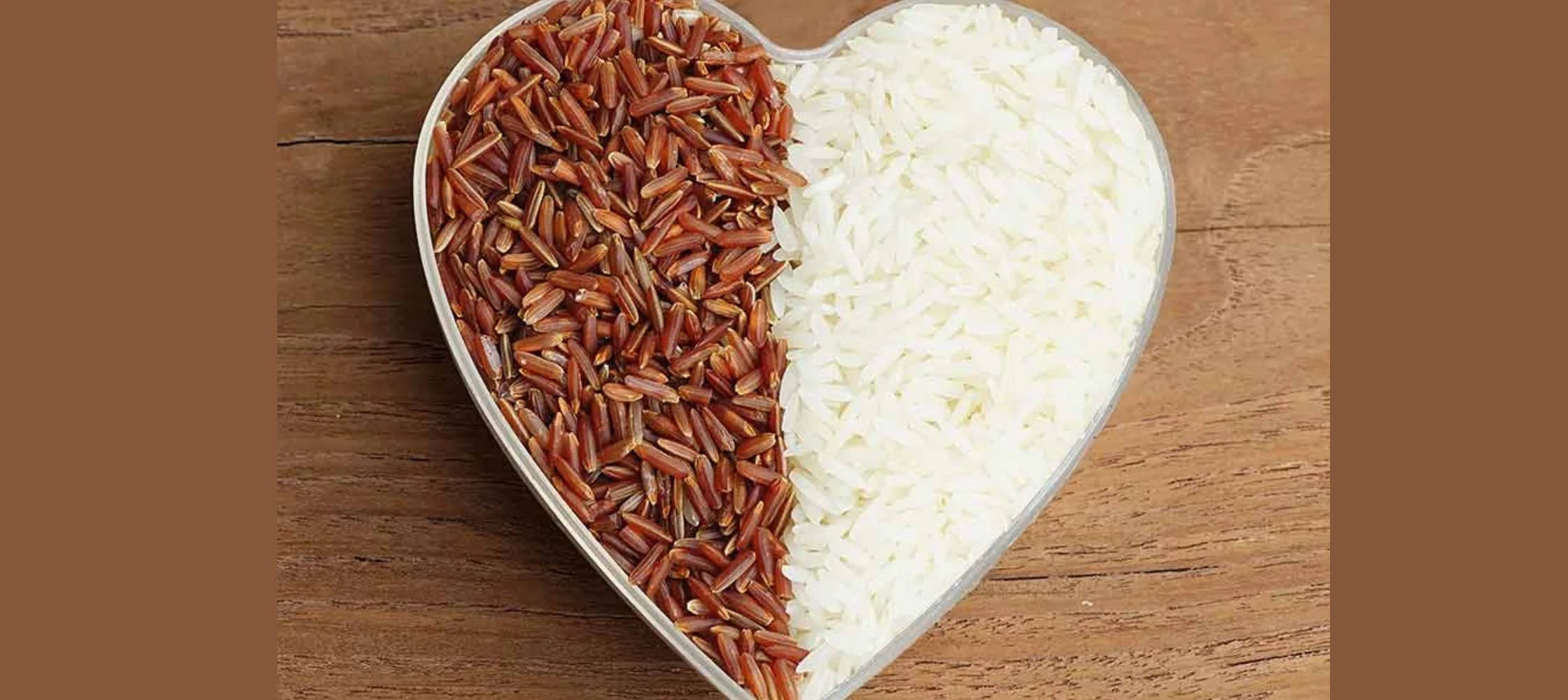
The debate between white rice and brown rice has gained significant attention in recent years, with many health influencers advocating for the consumption of brown rice due to its superior nutritional profile. While it is true that brown rice offers several health benefits, it is essential to recognize that white rice also has its merits in specific situations. Extensively discussing the advantages and disadvantages of both white rice and brown rice can provide a comprehensive understanding of their respective roles in a healthy diet.
Brown rice is often hailed as the healthier choice due to its higher nutritional content. It contains the bran and germ layers, which are rich in fiber, vitamins, and minerals. These components contribute to improved digestion, increased satiety, and a reduced risk of chronic diseases such as diabetes and heart disease.
On the other hand, white rice undergoes a refining process that removes the hull, bran, and germ layers, leaving behind the endosperm. This process results in a loss of several beneficial nutrients, including fiber, B vitamins, and essential minerals such as magnesium and selenium. Consequently, white rice is often criticized for being a nutritionally inferior option.
Despite its nutritional shortcomings, white rice can be a better choice in certain situations. Here are a few instances where white rice may have its advantages:
The low fiber content in white rice can be beneficial for individuals with digestive disorders or sensitive digestive systems. The refined nature of white rice makes it easier to digest, reducing the risk of gastrointestinal discomfort.
White rice has a higher glycemic index compared to brown rice, meaning it is rapidly digested and absorbed, leading to a quick release of glucose into the bloodstream. This property makes white rice a suitable option for athletes or individuals needing a quick source of energy.
In certain cultural or dietary contexts, white rice plays a traditional and important role. For example, in some Asian cuisines, white rice is a staple food that complements various dishes and culinary practices. In these cases, removing white rice from the diet may lead to a significant cultural and culinary shift.
While white rice can be included in a balanced diet on specific occasions, it is important to note that the overall dietary pattern is crucial for long-term health. Relying solely on white rice and excluding other nutrient-dense foods can lead to nutritional deficiencies. It is recommended to incorporate a variety of whole grains, such as brown rice, quinoa, and whole wheat, along with fruits, vegetables, lean proteins, and healthy fats for a well-rounded diet.
Additional Considerations for a Balanced Approach:
White rice generally cooks faster than brown rice, which can be advantageous in situations where time is limited or convenience is a priority. This makes white rice a popular choice for quick meals or when preparing dishes with time constraints.
White rice has a milder flavour and a softer, fluffier texture compared to the nuttier and chewier texture of brown rice. The preference for taste and texture can vary among individuals, so personal preference should also be taken into account when choosing between the two.
White rice is often more affordable and widely available compared to brown rice. This affordability and accessibility can make white rice a practical choice for individuals on a tight budget or in regions where brown rice may be less accessible.
While white rice undergoes a refining process that removes some nutrients, it is worth noting that some varieties of white rice are enriched with added nutrients such as iron and folic acid. These enrichment practices help mitigate the nutritional deficiencies associated with processing, making white rice a fortified option in some cases.
It is essential to remember that the choice between white rice and brown rice does not have to be exclusive. Emphasizing variety in the diet is the key to obtaining a broad spectrum of nutrients. Instead of solely relying on one type of rice, individuals can experiment with other whole grains such as quinoa, barley, millet, or wild rice. These grains offer unique flavours, textures, and nutritional profiles, expanding the range of nutrients and culinary experiences.
While the white rice vs. brown rice debate continues, it is crucial to prioritize a whole foods approach to nutrition. A diet rich in fruits, vegetables, lean proteins, healthy fats, and a variety of whole grains, including brown rice, can provide a well-rounded array of nutrients necessary for optimal health. Balancing the intake of different grains and focusing on the overall quality of the diet will have a more significant impact on long-term well-being than fixating on a single food item.
The choice between white rice and brown rice should not be viewed as black and white. Both options have their pros and cons, and the decision should be based on individual circumstances, nutritional needs, personal preferences, and cultural factors. By considering a variety of whole grains, exploring different cooking methods, and maintaining a balanced approach to nutrition, individuals can create a diverse and nourishing diet that suits their unique needs and promotes overall well-being.
*Disclaimer: Above article is based on the information available through various sources. Always consult your dietitian, doctor and/or health expert for expert advice.
Your email address will not be published. Required fields are marked *
29 Jan, 2024
29 Jan, 2024
29 Jan, 2024
25 Jan, 2024